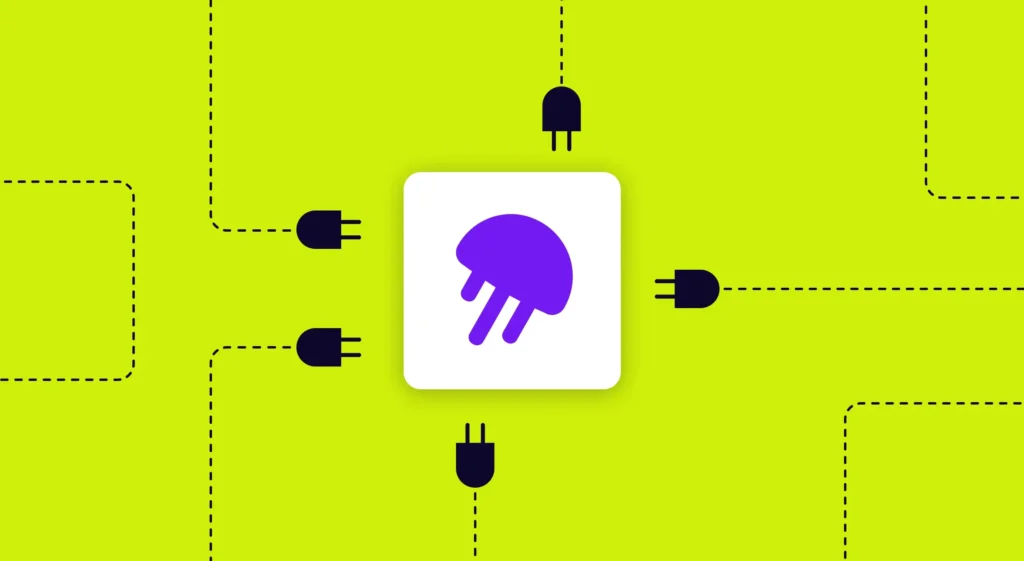Modern businesses are all about efficiency. To remain competitive and profitable, achieving efficiency is paramount. As industry landscapes continue to evolve at a rapid pace and in unpredictable ways, businesses are placing greater emphasis on efficient growth, and engineering efficiency has emerged as a critical driver of success. This article seeks to explore the significance of engineering efficiency and elucidate how innovative organizations think about efficiency.
To enhance engineering efficiency, organizations must embrace developer productivity best practices that promote streamlined workflows and effective collaboration. Implementing Agile methodologies, for instance, and/or encouraging knowledge sharing and cross-functional communication – these supportive work environment practices can also elevate productivity levels within engineering teams. Additionally, leveraging modern development tools, providing adequate resources and training, and promoting a healthy work-life balance can substantially enhance efficiency and overall productivity.
What Is Developer Productivity?
Developer productivity generally refers to the measure of an individual or a team’s efficiency and/or effectiveness in producing high-quality software solutions. It may encompass a range of factors, including the ability to deliver code on time, the quality of the code, collaboration within the team, and the ability to meet or exceed customer expectations. In other words, developer productivity is about maximizing output while maintaining code quality and customer value.
Developer productivity engineering involves implementing strategies and practices to enhance the productivity of developers and entire engineering teams. This may involve adopting more agile methodologies, and ensuring teams have enough resources and sufficient training, but it’s ultimately about cultivating a communicative and collaborative environment that fosters innovation and continuous improvement.
When thinking about developer productivity, it is important to avoid tracking vanity metrics. Vanity metrics are a term for KPIs that appear to make work look good to others but do not help you understand your own performance in a way that informs future strategies. There’s a temptation to use them, especially when under pressure to deliver value back to the business. But these vanity metrics should be avoided and/or used within the context of the other KPIs recommended in order to extract value from them. These metrics include measuring lines of code, coding churn, and code impact.
Leaders must be careful when measuring engineering efficiency. Placing too much weight on efficiency can impede on the creative process, which is inherently inefficient. It is important to find a balance of creativity and efficiency in order to build a high-performing engineering team.

How to Measure Engineering Productivity
Measuring software engineering efficiency and productivity is a complex process that requires a holistic approach in order to capture the multifaceted nature of the development pipeline. Measuring and optimizing engineering productivity has historically been challenging due to the potential pitfalls of hyper-fixating on to few or incorrect metrics, but with the right approach, organizations can gain valuable insights into their engineering performance.
To measure engineering productivity effectively, organizations have to go beyond superficial metrics and consider a comprehensive range of engineering productivity metrics. This includes evaluating not only individual output but also team collaboration, code quality, and the ability to satisfy customer requirements. By considering these broader aspects, businesses can gain a more accurate understanding of the bigger picture in terms of their engineering efficiency. Ultimately, how to measure engineering performance in a way that works for your organization may differ widely from businesses in other industries.
Metrics for Measuring the Development Process
To best understand the big picture of software productivity in software engineering, organizations must understand how to measure software engineering productivity and how to measure software engineer performance. Two widely recognized frameworks that can guide organizations in measuring software engineering productivity are the DORA metrics and SPACE Framework.
The DORA (DevOps Research and Assessment( metrics, developed by the DevOps Research and Assessment organization, focus on evaluating software productivity in software engineering, especially within the context of DevOps practices. These metrics generally include deployment frequency, change lead time, mean time to recover, and change failure rate.
The SPACE Framework, conversely, provides a broader perspective by encompassing multiple dimensions of software engineering productivity. SPACE is an acronym that highlights its key factors: Satisfaction, Performance, Activity, Communication and collaboration, and Efficiency.
In addition to the DORA metrics and SPACE Framework, there are numerous other metrics for measuring the development process, such as defect density, code coverage, customer satisfaction, and employee engagement. These metrics divulge information about the quality of the code, testing effectiveness, customer feedback, and even team morale.
To effectively measure software engineering productivity and engineering performance, organizations should select metrics that align with their overarching goals and context. Businesses must strike a balance between quantitative metrics and qualitative assessments to make better-informed decisions for process improvement and resource allocation.
How to Measure Engineering Quality
Measuring engineering quality is essential to ensure the effectiveness and reliability of the software engineering process. To successfully measure engineering prowess, organizations must focus on engineering metrics that matter to them and align with their underlying objectives.
These metrics may include bugs, time to resolution, and uptime. Various engineering metrics tools, including the Jellyfish Engineering Management Platform, can aid in measuring engineering quality. These tools provide automated tracking, analysis, and visualization of metrics, simplifying the measurement process.
Similarly, organizations must understand how to measure engineering team performance, as measuring engineering team performance requires a deft combination of quantitative and qualitative assessments. Key performance indicators for design and engineering can include metrics such as on-time project delivery, customer feedback ratings, defect resolution time, and team velocity.
Effective software engineering metrics and quality engineering KPI provide vital insights into the performance and capabilities of your existing development processes.
Key Performance Indicators for Engineering Department
By utilizing the most appropriate and informative KPIs, organizations can gain access to information about the effectiveness and efficiency of their engineering prospects, identify areas for improvement, and make more data-driven decisions. An engineering KPI dashboard, supported by the latest engineering metrics tools, can provide a robust, comprehensive view of performance and enable continuous monitoring and evaluation.
Software engineering metrics form the foundation of the most relevant KPIs for engineering departments. These metrics allow businesses to closely monitor productivity levels, quality, customer experience, and adherence to project timelines. Engineering Management Platforms (EMPs) facilitate the aggregation, analysis, and visualization of these metrics.
Key performance indicators for the engineering department should help an organization meet or exceed operational objectives and the specific goals of the engineering team.
Request a demo of Jellyfish today, or tour the product!






